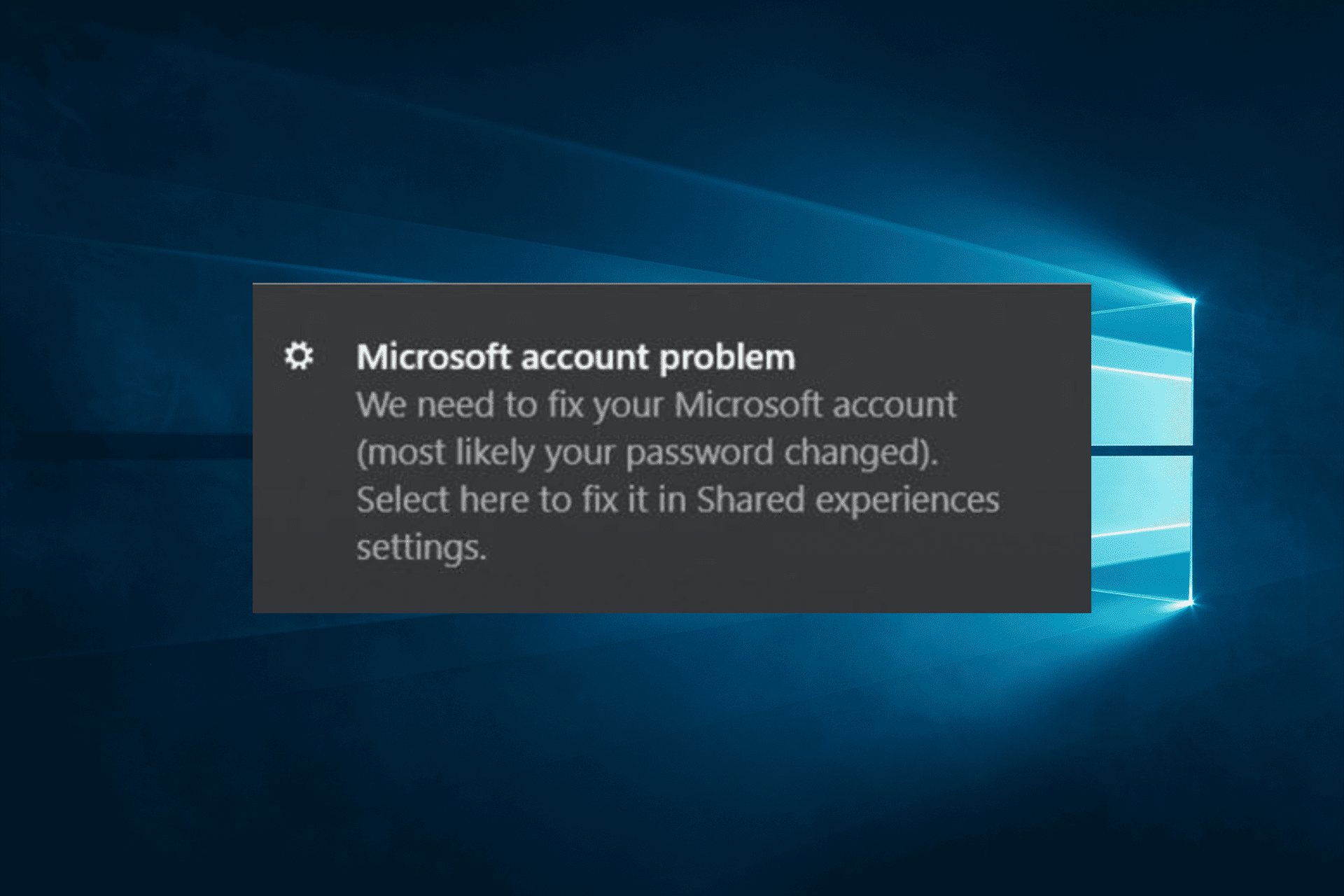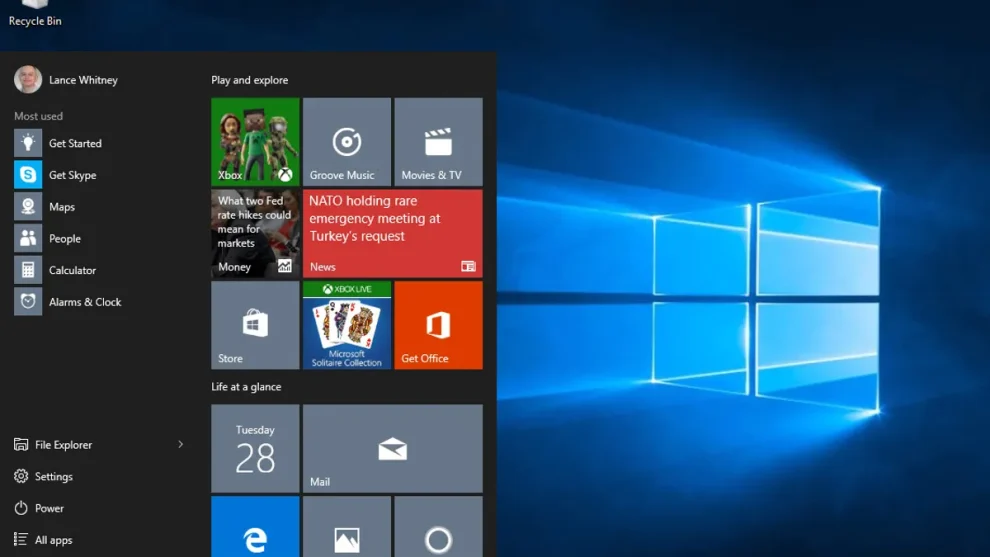Drowning in a sea of login credentials? Does the thought of managing countless passwords make you break out in a cold sweat? LastPass, the popular password manager, can be a lifesaver, but what if you’re ready to move on? This comprehensive guide will equip you with the knowledge and steps required to delete your Microsoft account, whether you’re a seasoned Windows user or an occasional OneDrive dabbler.
Considering Deleting Your Microsoft Account? Weighing the Options
Before diving into account deletion, let’s explore some crucial points to consider:
- Understanding the Impact: Deleting your Microsoft account signifies the removal of all associated services linked to that account. This includes email access (Outlook.com, Hotmail), OneDrive storage, Skype accounts, and access to purchased apps, movies, or music through the Microsoft Store.
- Alternatives to Deletion: Not quite ready for a complete goodbye? Here are some options:
- Stop Using the Services: You can simply stop using Microsoft services like Outlook or OneDrive. Your account remains inactive but can be reactivated later if needed.
- Export Your Data (if applicable): Microsoft allows exporting some data like emails or contacts from certain services. Explore the settings of each service you use to see if data export is an option.
Ready to proceed with deletion? Let’s get started!
How to Delete Your Microsoft Account (Two Methods)
There are two primary methods for deleting your Microsoft account:
Method 1: Utilizing the Account Closure Website
- Access the Account Closure Website: Open your favorite web browser and navigate to the Microsoft account closure website.
- Sign In to Your Account: Enter your Microsoft account login credentials (email address and password) and sign in to your account. Remember: You’ll need your master password to proceed with deletion.
- Review Information: The closure page will outline the consequences of account deletion and the associated services that will be affected. Read this information thoroughly.
- Select Reason for Closure (Optional): While not mandatory, Microsoft offers an optional selection for the reason behind your account closure. Choose the reason that best reflects your situation (if applicable).
- Check the Boxes: You’ll see two checkboxes. The first confirms you’ve reviewed the information about account closure, and the second signifies your understanding that the process is permanent. Make sure both boxes are checked before proceeding.
- Finalize Deletion: Click the “Mark account for closure” button. This initiates the account closure process.
Method 2: Contacting Microsoft Support
If you’re unable to access the account closure website or encounter technical difficulties, you can contact Microsoft support for assistance with account deletion:
- Online Support: Microsoft offers a virtual support agent accessible through their website. Navigate to the Microsoft support page (support.microsoft.com) and explore the available options to connect with a virtual agent.
- Phone Support: While Microsoft prioritizes online support channels, they also offer limited phone support options. Refer to the Microsoft support website for current phone contact information (availability might vary depending on your region).
Important Note: Regardless of the chosen method, ensure you have access to any recovery email addresses or phone numbers linked to your Microsoft account in case verification is required during the deletion process.

Frequently Asked Questions (FAQs) About Deleting Your Microsoft Account
- What happens to my emails and OneDrive files?
Once your Microsoft account is deleted, all emails associated with your Outlook.com address and any files stored in your OneDrive cloud storage will be permanently erased. - Can I recover my deleted account?
Unfortunately, no. Deleting your Microsoft account is a permanent action. If you decide you want to use Microsoft services again in the future, you’ll need to create a new account. - Will I receive confirmation once my account is deleted?
Ideally, Microsoft should send you a confirmation email notification once your account deletion is complete. The timeframe for receiving this notification might vary. - Can I keep my Microsoft account inactive instead of deleting it (refer back to Alternatives to Deletion)?
As mentioned earlier, you can simply stop using Microsoft services associated with your account. Your account remains inactive but can be reactivated later if needed. Additionally, some Microsoft services might allow you to export your data before deletion (explore individual service settings for data export options).
Beyond Deletion: Securing Your Digital Footprint
Deleting your Microsoft account is a significant step towards managing your online presence. Here are some additional security tips to consider:
- Update Passwords on Other Accounts: If you used the same password for your Microsoft account on other online platforms, consider changing those passwords as an added security measure.
- Enable Two-Factor Authentication: Many online services, including those offered by Microsoft competitors like Google or Apple, offer two-factor authentication (2FA). This adds an extra layer of security by requiring a secondary verification code (often sent via text message or generated by an authentication app) in addition to your password when logging in.
- Beware of Phishing Attempts: Unfortunately, scammers might try to trick you into thinking they represent Microsoft and request your login information even after you’ve deleted your account. Be cautious of any emails or messages asking you to verify your account or click on suspicious links. Microsoft should not contact you about a deleted account.
- Practice Safe Online Habits: General online safety practices are essential. Be cautious about the websites you visit and the information you share online. Use strong and unique passwords for all your online accounts and avoid using public Wi-Fi for sensitive transactions.
The Power of Choice: Managing Your Digital Identity
Ultimately, the decision to delete your Microsoft account rests with you. This guide has empowered you with the knowledge to navigate the deletion process, explore alternative options, and understand the security implications. Remember, responsible management of online accounts contributes to a more secure and organized digital experience.
So, make an informed decision, and feel free to explore the vast array of online services available beyond the Microsoft ecosystem! This guide serves as a valuable resource whether you’re waving goodbye to your
Microsoft account or simply seeking to manage it more effectively.
















Add Comment